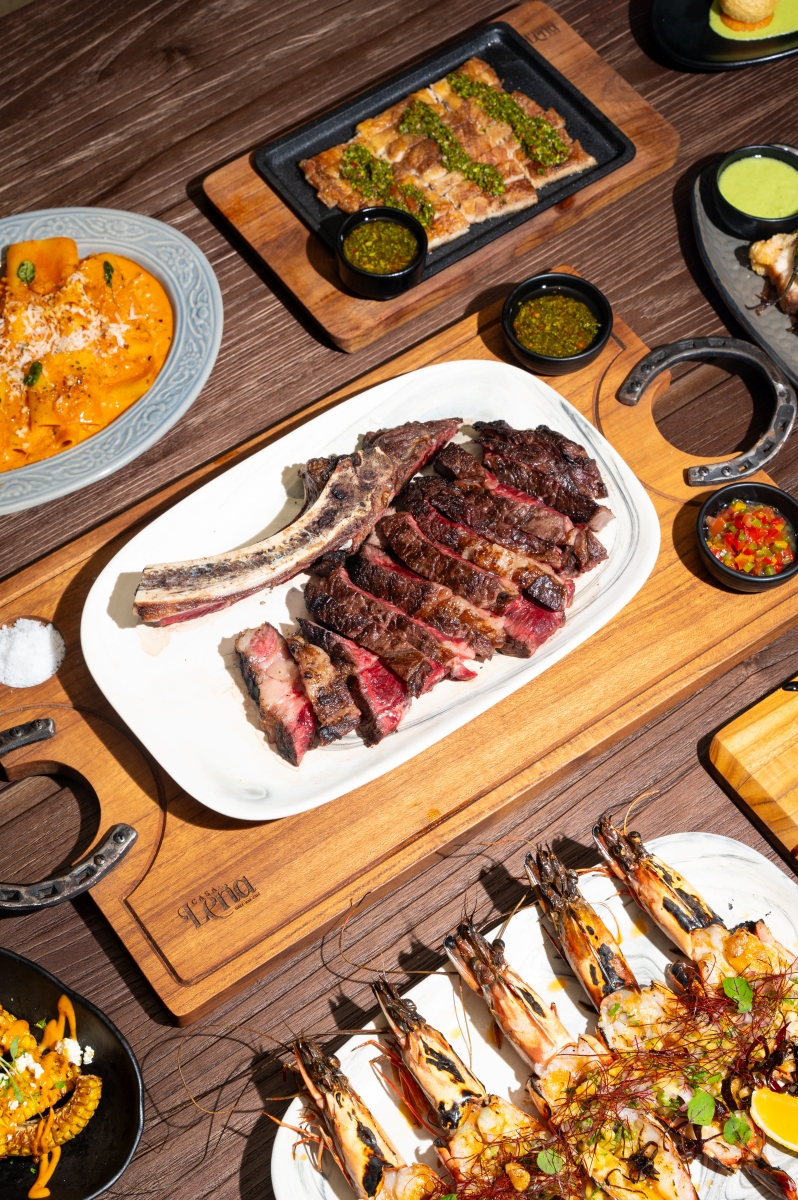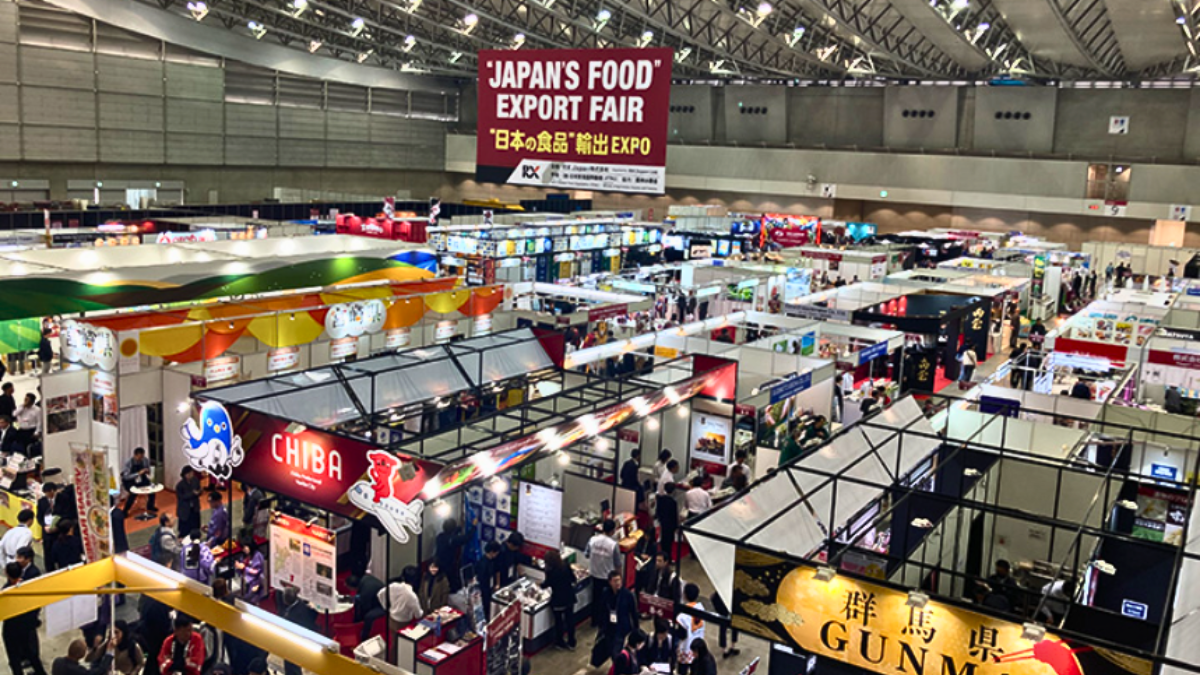Broth-based dishes are a cornerstone of Southeast Asian cuisine, offering a window into the rich cultural tapestry of the region. From Vietnam’s pho to Indonesia’s soto, these dishes are not only celebrated for their comforting and flavorful profiles but also for their deep-rooted significance in daily life across Southeast Asia.
The diversity of broth-based dishes in Southeast Asia is immense, reflecting the region’s varied landscapes, climates, and cultural influences. Each country boasts its own unique versions, with ingredients and techniques that vary depending on local traditions, available produce, and historical interactions. For instance, pho in Vietnam is characterized by its clear broth and aromatic spices, while Thailand’s tom yum is known for its spicy and sour flavors, derived from lemongrass, lime leaves, and galangal. Similarly, in Malaysia and Singapore, laksa blends coconut milk with a spicy broth to create a rich, indulgent soup.
The prevalence of broth-based dishes in Southeast Asia can be traced back to several factors, including the region’s agricultural practices, climate, and historical trade routes. The hot and humid climate in many parts of Southeast Asia has traditionally encouraged the consumption of light, easily digestible meals, with broth-based dishes serving as a staple that is both nourishing and hydrating. Moreover, the agricultural abundance of herbs, spices, and fresh produce in the region has enabled the creation of complex, flavorful broths that form the base of these dishes.
Indonesia
Indonesia’s Soto Ayam is a hearty chicken soup that stands as a national comfort food, enjoyed across the archipelago. The broth, rich and yellow from turmeric, is infused with lemongrass, ginger, and garlic, giving it a fragrant and slightly spicy taste. Served with shredded chicken, vermicelli, hard-boiled eggs, and crispy shallots, Soto Ayam varies slightly in preparation across the regions but remains a symbol of home-cooked Indonesian meals. Its significance lies in its versatility and presence in almost every major celebration or gathering, making it a dish that connects communities and families.
Malaysia
Laksa is a spicy noodle soup that embodies Malaysia’s multicultural heritage. There are different versions, but the most famous is Laksa Lemak, which features a creamy coconut milk broth enriched with lemongrass, ginger, and turmeric. The dish is typically served with rice noodles, shrimp, chicken, and garnished with fresh herbs and lime. The richness of the broth, combined with the spiciness and the freshness of the herbs, makes Laksa a perfect representation of Malaysia’s fusion of Malay, Chinese, and Indian flavors. Culturally, it’s a dish that has crossed ethnic lines, becoming a beloved staple in Malaysian households.
Philippines
In the Philippines, Sinigang is the epitome of comfort food, known for its tangy and savory flavor. The broth is typically sour, made from tamarind, tomatoes, and sometimes green mango or calamansi. Pork, shrimp, or fish are common proteins, and the soup is filled with a variety of vegetables like kangkong (water spinach) and radishes. Sinigang captures the Filipino palate’s love for sour flavors and is often associated with home and family gatherings. Its cultural significance is deeply rooted in the Filipino tradition of communal eating, where sharing food fosters strong family bonds.
Singapore
Bak Kut Teh or “pork rib tea” is Singapore’s beloved soup dish, characterized by a clear, peppery broth made by simmering pork ribs with white pepper, garlic, and other spices. While simple in appearance, the soup packs a robust and warming flavor, often served with rice, dough fritters, and a side of tea, believed to cut through the fattiness of the pork. The dish reflects Singapore’s Hokkien and Teochew heritage, with its origins tied to the Chinese immigrant workers who sought a hearty, nourishing meal. Today, Bak Kut Teh is a culinary emblem of Singapore, enjoyed by locals and tourists alike.
Thailand
Spicy and sour Tom Yum is Thailand’s signature broth, famous for its bold and zesty flavors. Made with ingredients like lemongrass, kaffir lime leaves, galangal, chili, and fresh lime juice, the broth is a vibrant explosion of flavors. Typically, shrimp or chicken is added, along with mushrooms and fresh herbs. The dish’s popularity stems from its ability to perfectly encapsulate the essence of Thai cuisine—spicy, sour, salty, and sweet all in one. Culturally, Tom Yum is often served as a communal dish, reflecting Thailand’s social and family-oriented dining traditions.
Vietnam
Pho, a fragrant noodle soup, is Vietnam’s most iconic dish. Traditionally made with a slow-cooked broth of beef bones, star anise, cinnamon, and other spices, Pho is known for its light, yet richly flavored broth. Served with flat rice noodles, thinly sliced beef, fresh herbs, and a squeeze of lime, it offers a delicate balance of savory, sweet, and tangy flavors. Originating from the northern part of Vietnam, Pho has evolved into a national dish that represents comfort and warmth, often enjoyed as breakfast or a late-night meal.









